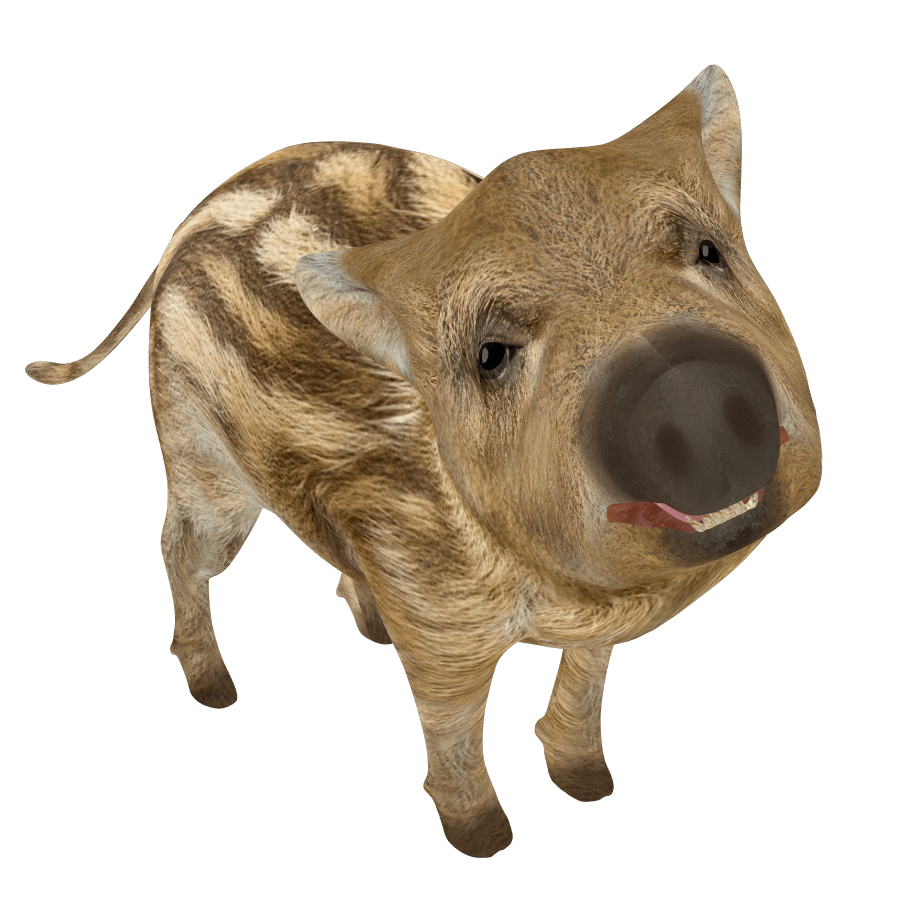NTU’s lush grounds and proximity to the Western Catchment forest make it home to not only students and faculty, but also creatures of all stripes and species. Nature experts from NTU share tips for our harmonious coexistence with the wildlife spotted here
by Kwok Pei Fang
Almost 370 unique wildlife species have been documented on campus by student group Earthlink NTU since 2021. With this rich and priceless biodiversity in our midst, co-existing peacefully with nature’s bounty becomes more important than ever. “It’s been said that we can only protect what we love, and we can only love what we know,” says Dr Norman Lim, a field ecologist and lecturer at NTU’s National Institute of Education.
On what we can do as individuals to protect our natural heritage, he adds: “I feel that students will first have to know more about the wildlife that we have on campus, both in terms of understanding what wildlife is and also detailed information about particular species.”
Embrace nature! But do observe these tips when you encounter larger wildlife on campus, from boars to macaques:
1. Remain calm and quiet. Back away slowly if they come too close. Do not make sudden movements or direct eye contact
2. Keep a safe distance, especially from animal families with their young.
“In the case of wild boars and macaques, this could be 5m and more since they are very fast animals,” says Dr Lim.
If you see adult boars with piglets, ensure you leave them alone as the adults may get aggressive in an attempt to defend their young.
3. Do not approach, feed or touch any animal. Our wildlife is protected by law, and it is an offence to feed or harm them.
“Interacting directly with these animals can habituate them to human presence and this could lead to unpleasant encounters,” says Tay Li Si from Earthlink NTU.
4. Do not corner or provoke any animal.
“How many campuses around the world boast such wildlife, let alone critically endangered species? NTU’s campus is a key ecological link between catchment areas, and we can be proud of our identity as a campus in nature.”
– Dr Shawn Lum, tropical rainforest ecologist from the Asian School of the Environment
5. Be aware of wildlife when walking outside (instead of constantly looking down at your phone).
6. If you encounter a young bird seemingly stranded on the ground, leave it where it was found.
“This is especially if the young chick has grown feathers. The chick may seem vulnerable to threats from other wildlife if left on the ground, but it is actually learning how to fly. The parents are also likely to be nearby,” advises Yasuko Chow from Earthlink NTU.
7. To better understand how you can co-exist with wildlife, attend talks and workshops such as those organised by Earthlink NTU, NParks, the Jane Goodall Institute (Singapore) and the Animal Concerns Research and Education Society, better known as ACRES.
8. Share your sightings with Earthlink NTU’s NTU Nature Watch Telegram group to help in wildlife monitoring efforts.
Monkey see, monkey do (nots)
With macaques sighted in the halls and canteens, NTU has replaced more than 1,200 rubbish bins with monkeyproof ones that have latches to prevent macaques from foraging for food. NTU’s security officers have also been trained to handle their presence. Two frequently seen macaques were relocated with the help of NParks.
However, macaques are transient species, meaning the relocated macaques may return. With NTU’s proximity to the Western Catchment area, other macaques may also enter the campus. If you cross paths with a macaque, don’t smile at it to avoid being perceived as threatening, and hide any plastic bags you are carrying as macaques associate them with food.
Tips for hall residents:
– Keep food out of sight by storing them in the cupboard, drawer or fridge.
– Keep hall room doors and windows securely closed or locked at all times, especially when you are not in your room.
“Macaques on campus have the tendency to enter rooms with unlocked windows. Residents can avoid problems simply by closing their windows when outside for an extended time. This small lifestyle change can go a long way in allowing us and the animals on campus to co-exist,” says Li Si.
– Double-knot garbage bags and dispose of them in the rubbish chute or in the animal-proof trash bins to make food waste less accessible.
– Be present and on time to receive your deliveries, and do not leave them unattended.
You otter know this
A pair of otters recently made our campus their home. Regularly spotted at the CresPion precinct and Yunnan Garden, they have been delighting nature-lovers with their antics. As cute as these otters are, here are some tips to follow so they can continue to have a splashing good time here.
•Do not touch, chase or corner them.
•Do not litter or leave sharp objects in the water. Clean and safe waterways filled with fish and aquatic life make good habitats for the otters to frolic and feed in.
Watch the video on the right for a wildlife encounter found at few other campuses in the world.
Wildlife photography 101
A recent visit by a Barred Eagle-Owl drew hordes of photographers on campus. What wildlife photography etiquette should you follow?


• Avoid flash photography and talking loudly. Noise and light may scare or provoke animals.
•Be mindful of the animals’ reactions.
“Stop whatever you are doing if they are showing signs of stress or aggression, for their safety and yours. Above all, remember to keep a respectful distance from these animals – give them their space,” says Cheryl Yong from Earthlink NTU.
•Do not feed, bait, taunt or trap animals in order to take a photo. Documenting wildlife in their natural habitat is what wildlife photography is about.
Information sources for this story include the campus housing advisory, National Parks Board (NParks) and Nature Photographic Society, Singapore.
This story was published in the Jun-Aug 2022 issue of HEY!. To read it and other stories from this issue in print, click here.




